The computer-aided wargames and the combat training drills at this year’s Han Kuang military exercises would be extended to bolster the military’s ability to conduct joint combat operations, Minister of National Defense Wellington Koo (顧立雄) said on Monday.
The focus of the military exercises this year would be responses to “gray zone” activities — provocative or aggressive actions that fall just short of armed conflict — and improving defense resiliency, Koo said.
The emphasis is not surprising given recent allegations of commercial Chinese vessels cutting undersea communication cables in Taiwan’s vicinity and China’s air and naval exercises in waters near Taiwan and in the Tasman Sea without advance notice.
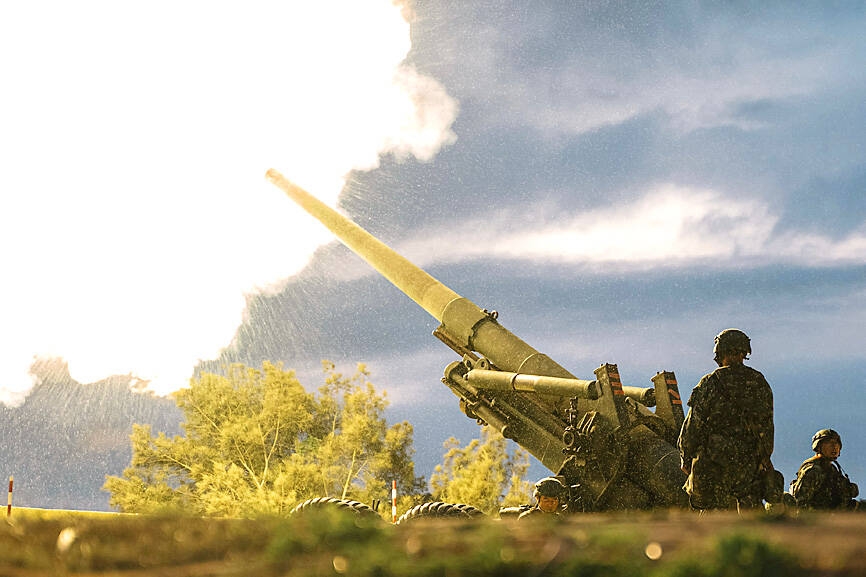
Photo: AFP / Ministry of National Defense
To make the Han Kuang drills more effective, the computer-aided wargames would be extended to 14 days from eight, while the combat exercises would run for 10 days, up from five, Koo said.
The combat exercises are to have five new elements: joint information and electronic warfare, rapid switching to wartime deployments, comprehensive air and missile defense, joint maritime defense and joint ground defense exercises, he said.
Precision missile strikes, live-fire tests and evaluations of the army, navy and air force, as well as simulated confrontations between the combined arms brigades would be retained from past years, he said.
Asked whether drones, including uncrewed surface vessels, would be part of this year’s exercises, Koo said that the military “will showcase [its aerial] drone capabilities,” but not its uncrewed ships, as it has not yet developed sufficient combat capabilities with them.
Lien Chih-wei (連志威), deputy chief of general staff for operations and planning, said that several goals of last year’s Han Kuang exercises, including testing newly acquired weapons systems, would be in the computer-aided and combat drills.
As drones were commissioned into the armed forces not long ago, an appropriate number would be tested based on the size of the nation’s fleet, Lien said.
Asked whether the M1A2T Abrams tanks and High Mobility Artillery Rocket Systems that the military received from the US late last year would be tested, Koo said they are scheduled to be commissioned later this year and are “not likely to make it” for the Han Kuang drills.
Lee Ting-chung (李定中), who heads the All-Out Defense Mobilization Agency, said that a brigade of reservists would be mobilized during the exercises to help active-duty troops in a simulation of the Chinese People’s Liberation Army using a training drill near Taiwan as cover to launch a surprise attack.
The reservists would swiftly assemble and take part in a resources mobilization drill to practice carrying out requisition and acquisition orders from command centers and repurpose production lines to meet wartime needs, Lee said.
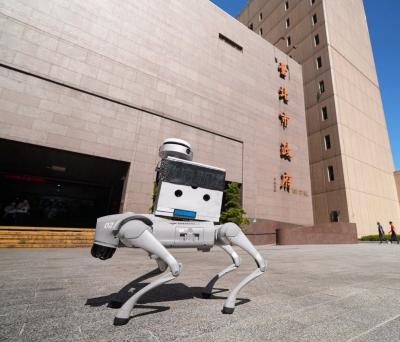
The inspection equipment and data transmission system for new robotic dogs that Taipei is planning to use for sidewalk patrols were developed by a Taiwanese company, the city’s New Construction Office said today, dismissing concerns that the China-made robots could pose a security risk. The city is bringing in smart robotic dogs to help with sidewalk inspections, Taipei Deputy Mayor Lee Ssu-chuan (李四川) said on Facebook. Equipped with a panoramic surveillance system, the robots would be able to automatically flag problems and easily navigate narrow sidewalks, making inspections faster and more accurate, Lee said. By collecting more accurate data, they would help Taipei
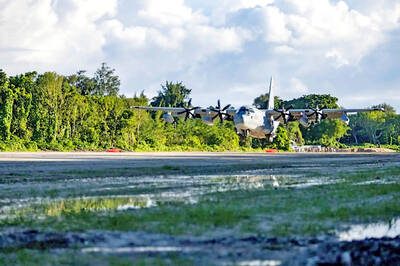
TAKING STOCK: The USMC is rebuilding a once-abandoned airfield in Palau to support large-scale ground operations as China’s missile range grows, Naval News reported The US Marine Corps (USMC) is considering new sites for stockpiling equipment in the West Pacific to harden military supply chains and enhance mobility across the Indo-Pacific region, US-based Naval News reported on Saturday. The proposed sites in Palau — one of Taiwan’s diplomatic allies — and Australia would enable a “rapid standup of stored equipment within a year” of the program’s approval, the report said, citing documents published by the USMC last month. In Palau, the service is rebuilding a formerly abandoned World War II-era airfield and establishing ancillary structures to support large-scale ground operations “as China’s missile range and magazine
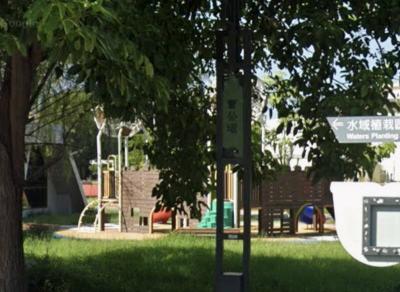
A 72-year-old man in Kaohsiung was sentenced to 40 days in jail after he was found having sex with a 67-year-old woman under a slide in a public park on Sunday afternoon. At 3pm on Sunday, a mother surnamed Liang (梁) was with her child at a neighborhood park when they found the man, surnamed Tsai (蔡), and woman, surnamed Huang (黃), underneath the slide. Liang took her child away from the scene, took photographs of the two and called the police, who arrived and arrested the couple. During questioning, Tsai told police that he had met Huang that day and offered to
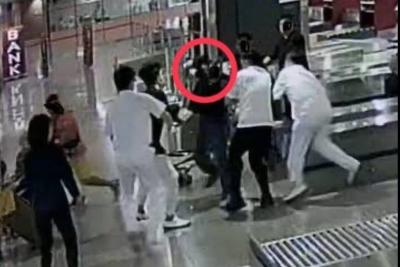
A British man was arrested for attempting to smuggle 14.37kg of marijuana into Taiwan through Taiwan Taoyuan International Airport, Taipei Customs said late yesterday. The man, who arrived from Bangkok at 9pm on Friday, was asked by customs officers to open his luggage during a random inspection, Taipei Customs said in a news release. The passenger, whose identity was not disclosed, refused to open his suitcase and tried to flee the restricted area. He was eventually subdued by three customs officials and an Aviation Police Bureau officer. A later search of his checked luggage uncovered 14.37kg of marijuana buds. The case was handed over